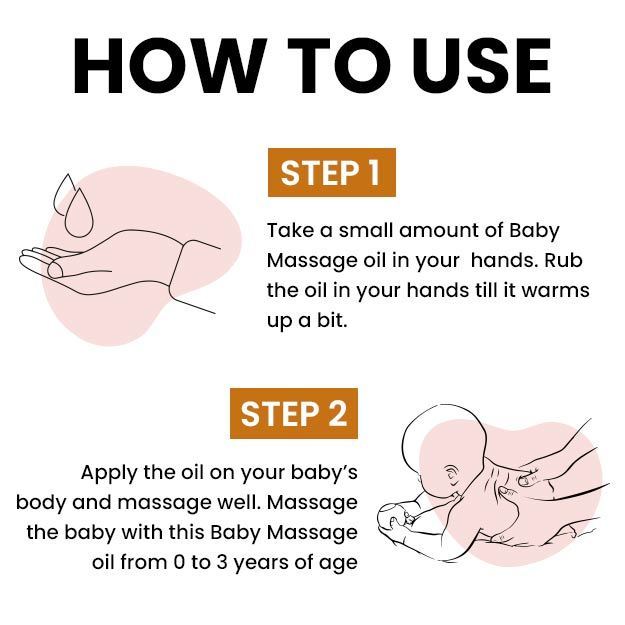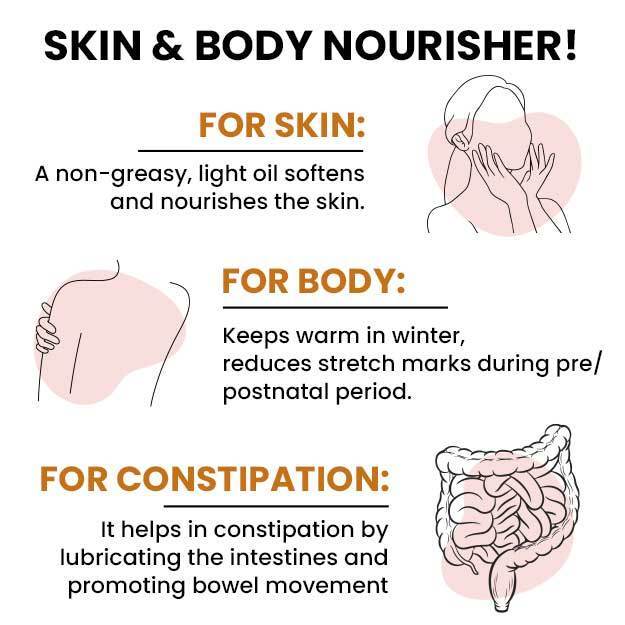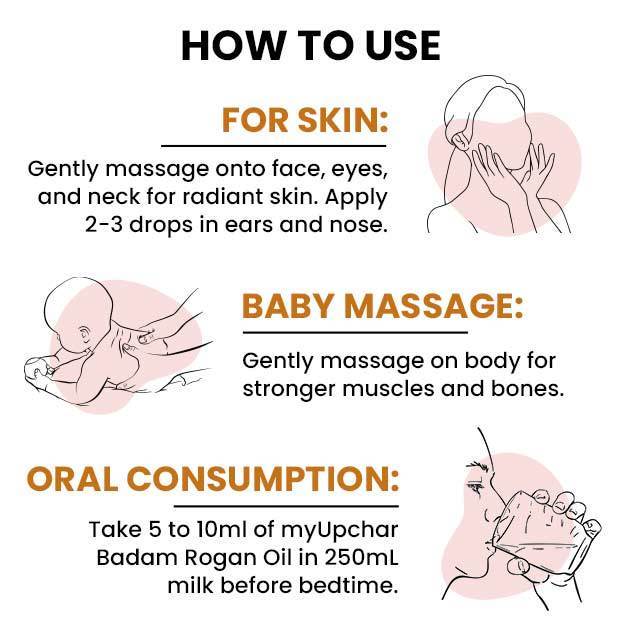Diabetes is a chronic disease that occurs either because the body is unable to produce enough insulin or cannot use insulin normally. The prevalence of diabetes is increasing globally and is a major cause of concern. The World Health Organization (WHO) data show that the number of people globally with diabetes rose from 108 million in 1980 to 422 million in 2014, while the global prevalence of diabetes among adults above 18 years of age rose from 4.7% to 8.5% during the same period.
The WHO also mentions that diabetes prevalence is rising more rapidly in low- and middle-income countries, and has reached almost pandemic proportions across the globe. As a chronic disease which increases the risk of blindness, kidney failure, heart attacks, stroke and amputation of the lower limbs, diabetes needs to be taken more seriously by all, especially in countries like India. This is also because, along with an overall increase in diabetes prevalence, the incidence of diabetes in children is also rising.
Previously, only type 1 diabetes was considered to be a childhood disease. Type 2 diabetes was known as adult-onset diabetes because it rarely showed up in children. But, in recent years, type 2 diabetes prevalence has increased among children, primarily due to rising obesity among children. Managing diabetes in children may be more difficult since it’s a chronic disease and will have to be managed for a much longer time.
This is the reason why parents of children with diabetes, either type 1 or type 2, need proper guidance to help their children out. From daily insulin shots to sticking to a strict and healthy diet, managing diabetes in children can be a long and arduous process and is likely to be a huge responsibility for parents. Read this article to find out everything you need to know about diabetes in children.





























